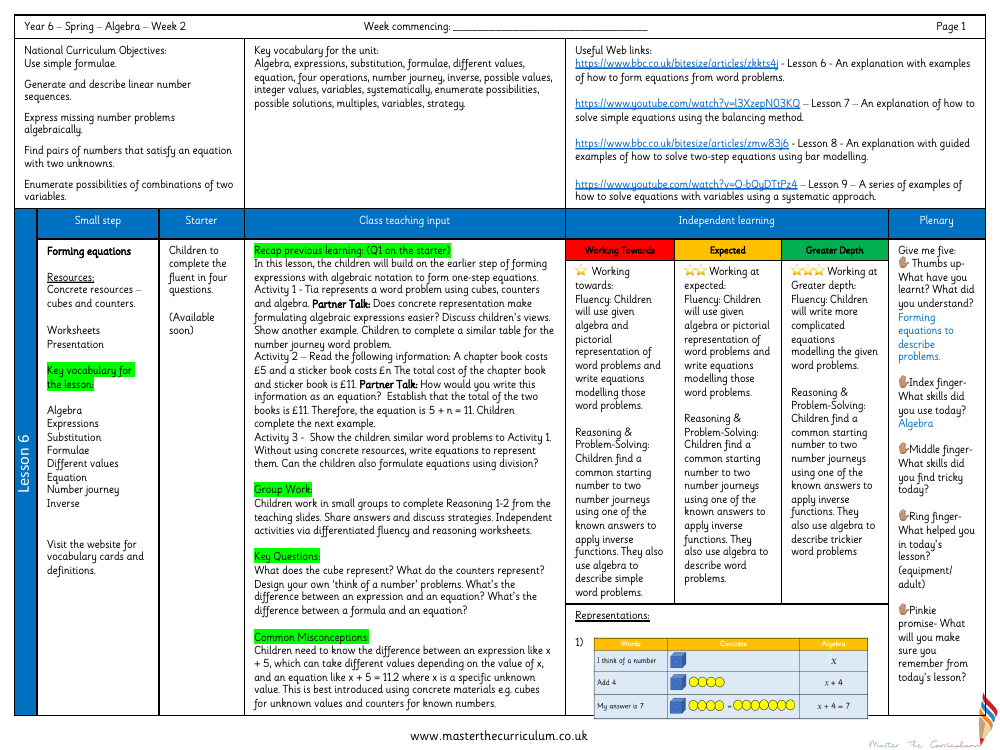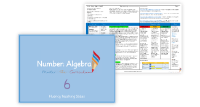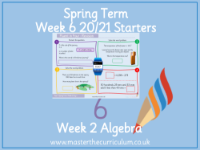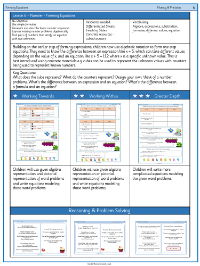Algebra - Forming Equations - Planning

Maths Resource Description
In the algebra unit for Year 6 students, the lesson focuses on forming equations, a key step in understanding algebraic concepts. The National Curriculum objectives covered include using simple formulae, generating and describing linear number sequences, and expressing missing number problems algebraically. The lesson begins with a review of previous learning and moves on to activity-based learning where students use concrete resources such as cubes and counters to represent algebraic expressions. For example, students are presented with word problems and encouraged to discuss the benefits of using physical objects to visualize algebraic concepts. They then translate these problems into equations, such as representing the total cost of a chapter book and a sticker book.
The lesson progresses with students forming one-step equations and exploring how to write equations that involve division, without the use of concrete resources. Group work and independent activities, supported by differentiated worksheets, allow students to practice reasoning and problem-solving skills. Key questions prompt students to distinguish between expressions, equations, and formulae, and to understand the role of variables in algebra. The lesson addresses common misconceptions, such as the difference between an expression that can take different values and an equation that represents a specific unknown value. The plenary session includes a reflection activity where students identify what they have learned and the skills they found challenging. The lesson plan also outlines expectations for students working towards fluency, at the expected level, and at greater depth, with each level involving increasingly complex algebraic reasoning and problem-solving tasks.




